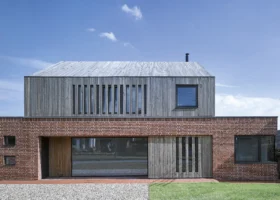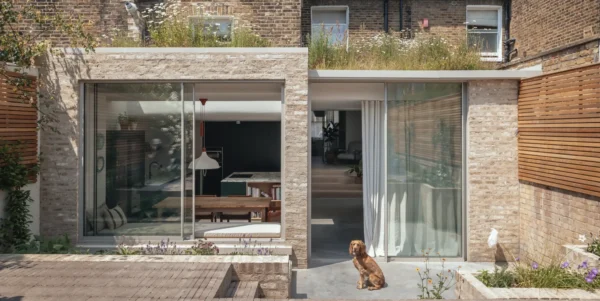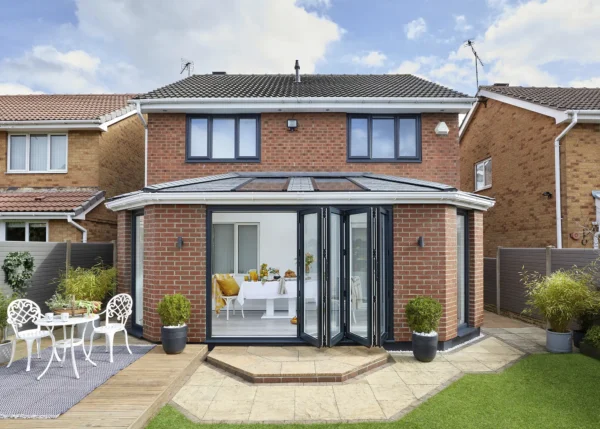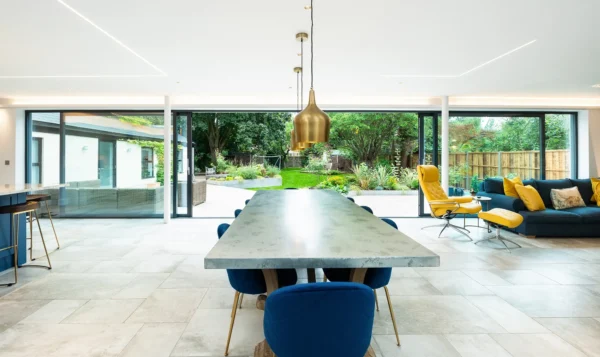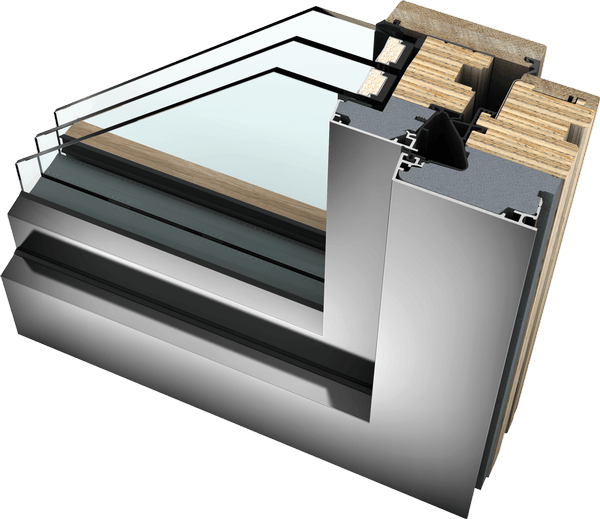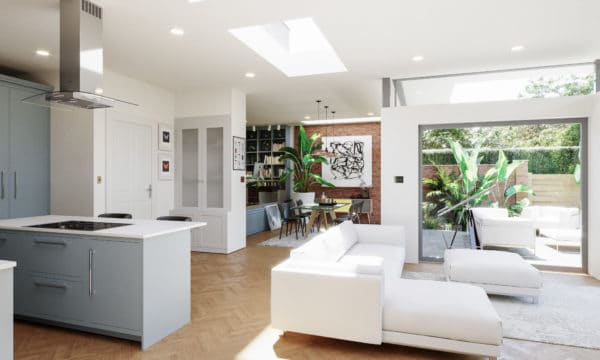How Will the 2025 Future Homes Standard Impact Glazing?
Like many suppliers in the self build market, the glazing industry has been anticipating what kind of impact the 2025 Future Homes Standard will have, both in terms of homeowner choice and the products needed to meet the standard.
The driving force behind the Future Homes Standard is that new houses built from 2025 onwards will need to produce 75-80% less emissions. Powering and heating homes accounts for around 14% of the UK’s total energy use.
So, it’s crucial to find a solution that will reduce carbon emissions to support our efforts to reach net zero carbon. However, the challenge for many sectors, including glazing, has been balancing the technology required to achieve these goals with the costs involved in producing the products.
What Changes are Being Introduced?
Just before Christmas 2023 the government published the Future Homes Standard consultation document, which gave our industry the chance to review the proposals for the first time after months of speculation on what the new standard might look like.
Changes to Building Regulations Part L in June 2022 had already seen the thermal performance standards for new homes and extensions enhance significantly, with required U-values for glazed doors improving to 1.2W/m2K and 1.4W/m2K respectively.
These changes made a whole range of doors and windows completely obsolete, driving the largest round of product development for a generation. But the challenge for many in the industry has been that they hadn’t known what requirements were going to be mandated by the Future Homes Standard.
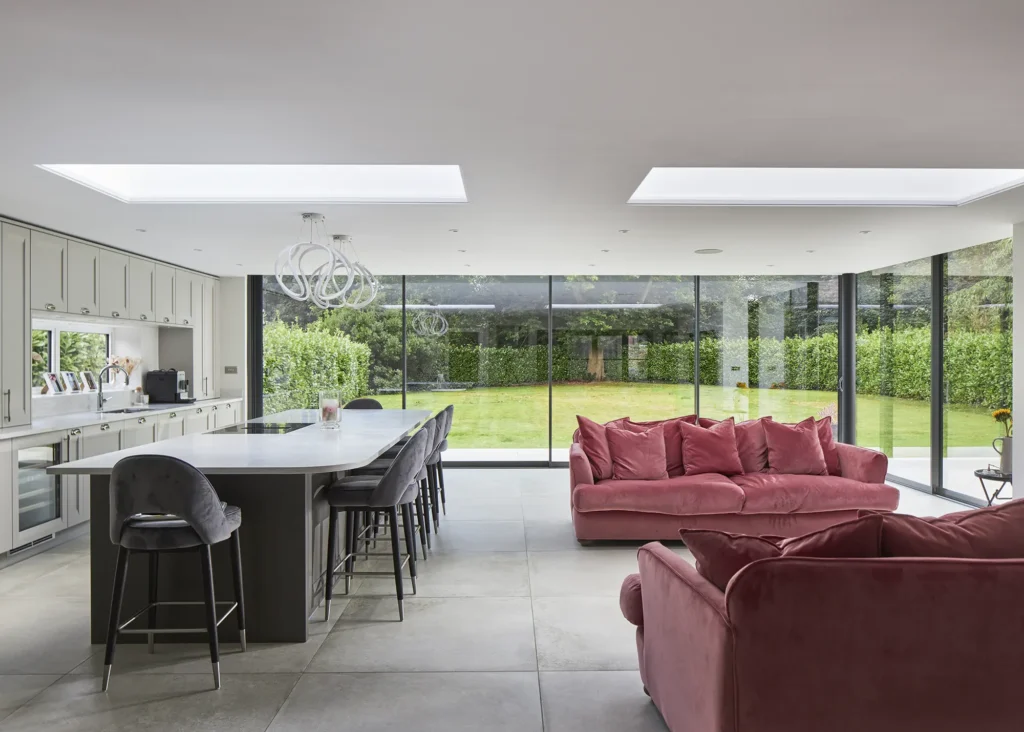
TheEdge2.0 is IDSystems’ ultra-slim frame sliding door setup, shown here in an open corner
The fear for many glazing suppliers was that everything would need to be triple glazed. Whilst this has its benefits in certain applications, there are also significant issues in terms of supply-chain availability, size limitations, additional weight and increased costs. Given that the least efficient element of modern aluminium doors is now the frames rather than the glass itself, this would have significantly impacted on the viability and design of homes – particularly in the self build and custom home market.
As the Future Homes Standard consultation document currently stands, the required U-values of doors and windows won’t change significantly compared to current Regulations, although how those figures are calculated may alter.
Will the New Standards Create Glazing Design Restrictions?
There was a danger that the Future Homes Standard could restrict the style and size of windows and doors, significantly compromising the overall aesthetic that people want for their homes. Whilst some things may need to be altered, the current proposals will continue to allow for the creativity and eye-catching contemporary designs that self builders want to achieve.
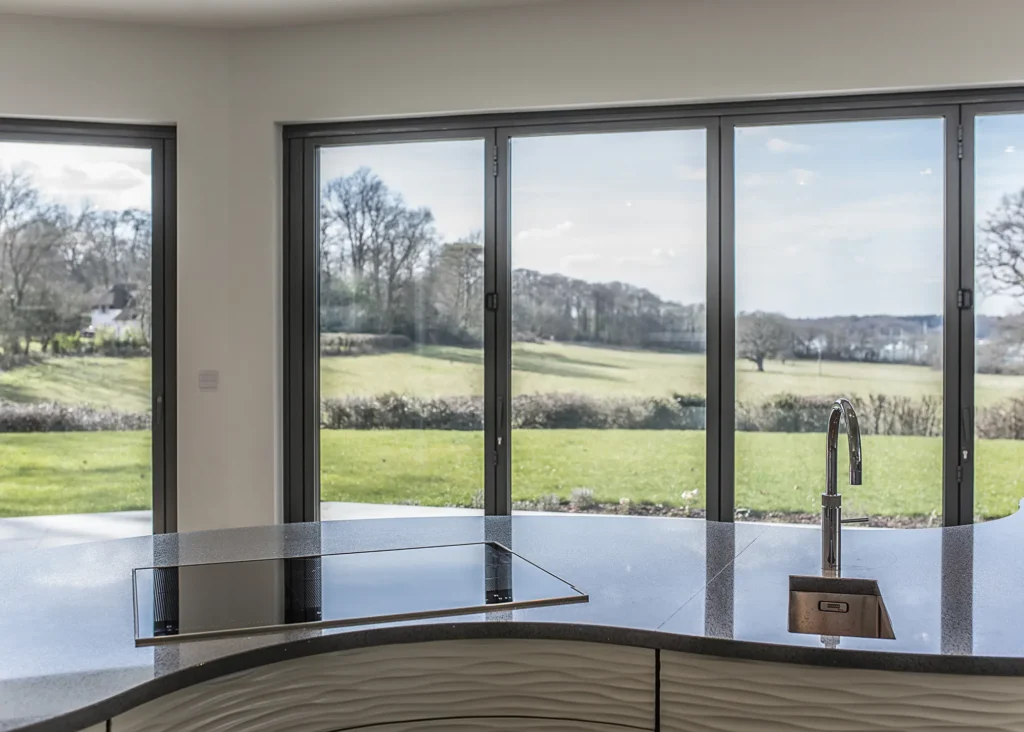
These Sunflex SF75 aluminium bifold doors are triple glazed, meaning they can achieve incredibly low U-values way beyond Future Homes Standard requirements
The glazing industry’s feedback to the Future Homes Standard consultation has been generally positive. Whilst there will always be some who feel the standard doesn’t go far enough, the realities and costs of building homes (particularly in the current economic climate) needs to be factored in as well.
The vast proportion of the UK’s existing housing stock is relatively inefficient in comparison to such stringent requirements for new builds. So, there’s concern that onerous measures could deter housebuilding at a time where the government is already missing new home targets.
From an IDSystems perspective, we’ll continue to improve and develop our products, much as we have for the past 24 years, so that we are able to offer solutions whatever our customers require. Our German designed bifold doors, ultra-slim sliding doors and innovative Swiss slide and turn doors already comfortably meet Building Regs.
| Edward Stobart is sales manager at IDSystems. For almost 20 years he has worked closely with self builders to offer advice and support on all aspects of glazing on a variety of projects, from city-centre extensions through to the grandest of custom builds.
For more information about IDSystems’ range of Build It Award-winning glazed doors and aluminium windows, visit IDSystems’ website or call 01603 408804. |

































































































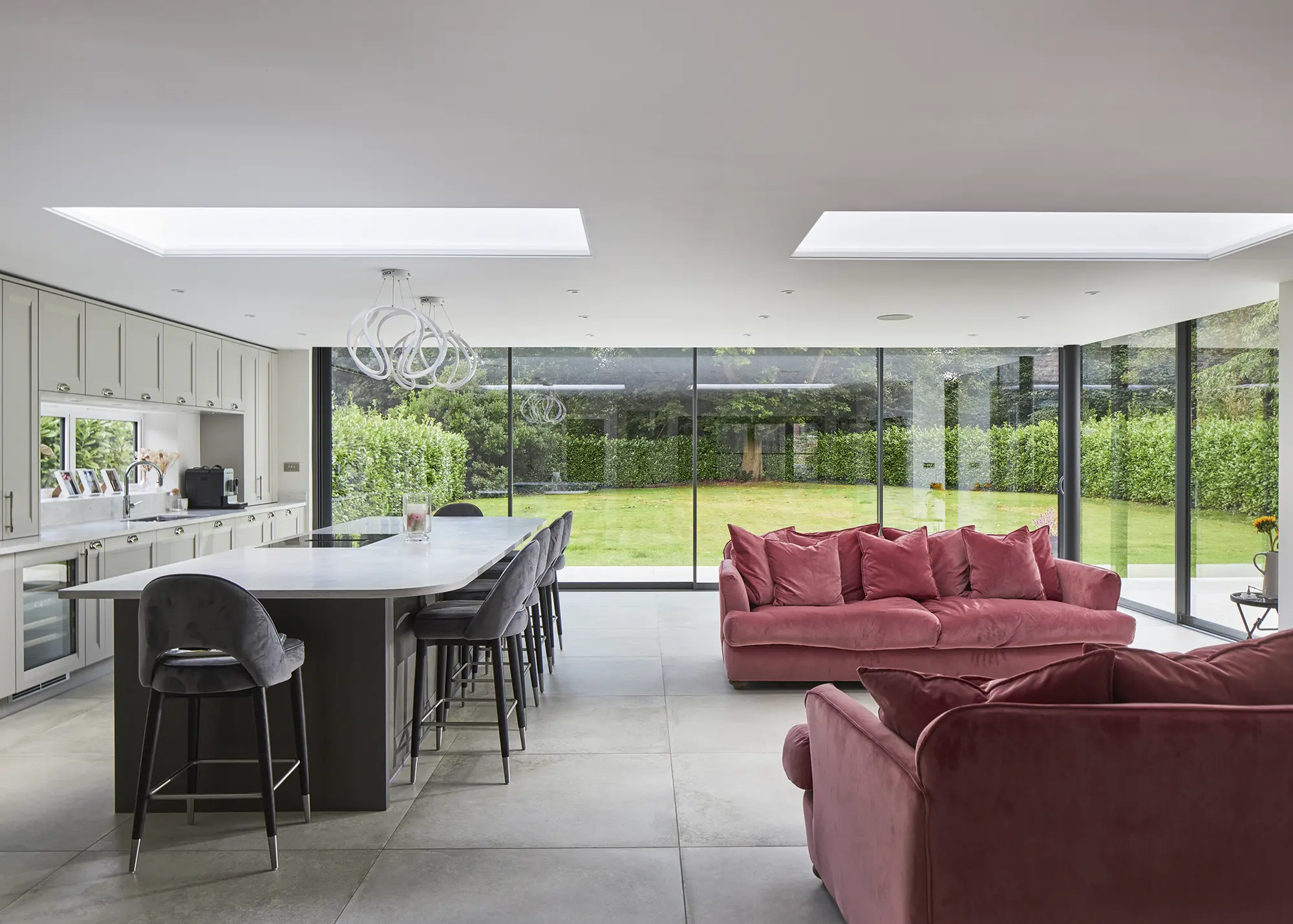
 Login/register to save Article for later
Login/register to save Article for later

